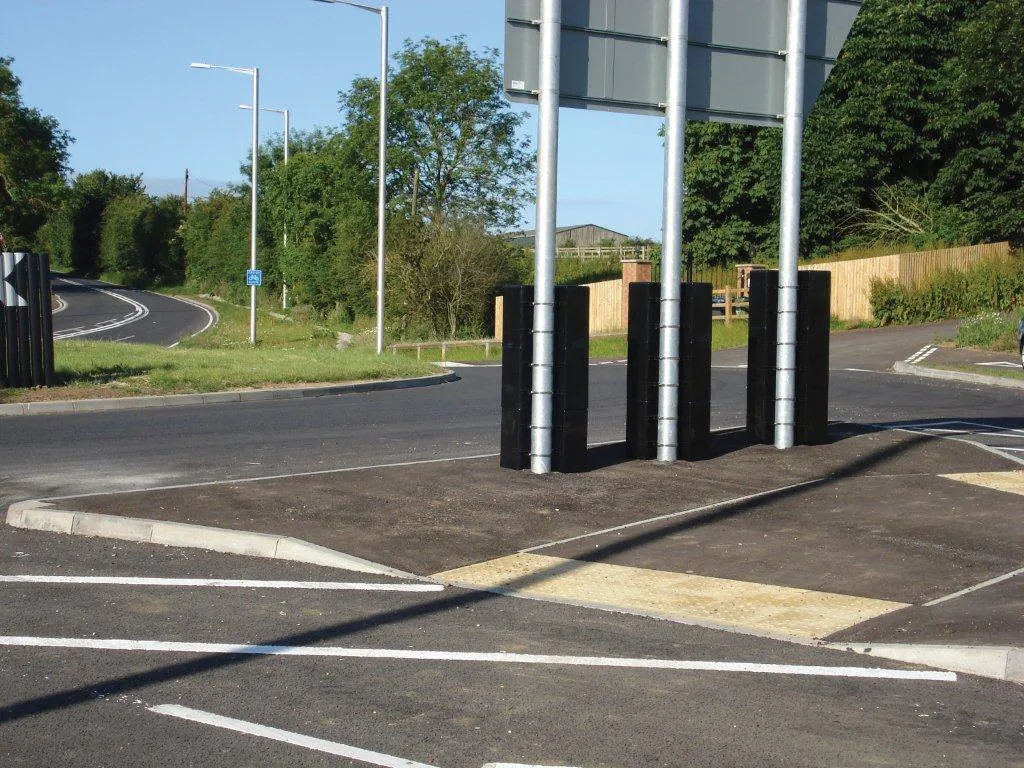The design of most highways overlooks safety for motorcyclists, with many solid objects such as lamp posts, road signs and traffic signals able to cause serious injuries and fatalities.
However the proven Biker Mate system from Signpost Solutions is already in use in the UK and other countries and offers a safe alternative choice. Developed in association with energy absorbent structures experts Euro Road Safety, Biker Mate consists of plastic modules designed to absorb energy and divert force. The module
February 15, 2012
Read time: 2 mins

The design of most highways overlooks safety for motorcyclists, with many solid objects such as lamp posts, road signs and traffic signals able to cause serious injuries and fatalities.
However the proven Biker Mate system from2439 SignPost Solutions is already in use in the UK and other countries and offers a safe alternative choice. Developed in association with energy absorbent structures experts Euro Road Safety, Biker Mate consists of plastic modules designed to absorb energy and divert force. The modules are strapped to the base of lamp posts and road signposts and reduce the intensity of the motorcyclist’s initial kinetic energy by the inner crushed absorber units. The structural deformation diverts the motorcyclist from the object and avoids direct contact with the rigid obstacle. The firm says that tests show that Biker Mate has a 30% absorption capacity of the impact energy, which can mean the difference between life and death to a motorcycle rider impacting with a post. The company says that the unit also changes the direction of impact, diverting energy generated upon collision reducing the proportion of impact force suffered by the rider. The product is made of maintenance-free long life polypropylene, is UV stable and physically stable between –35ºC and +80ºC. It is designed as a modular system for easy stacking and fitment to posts and columns.
However the proven Biker Mate system from







